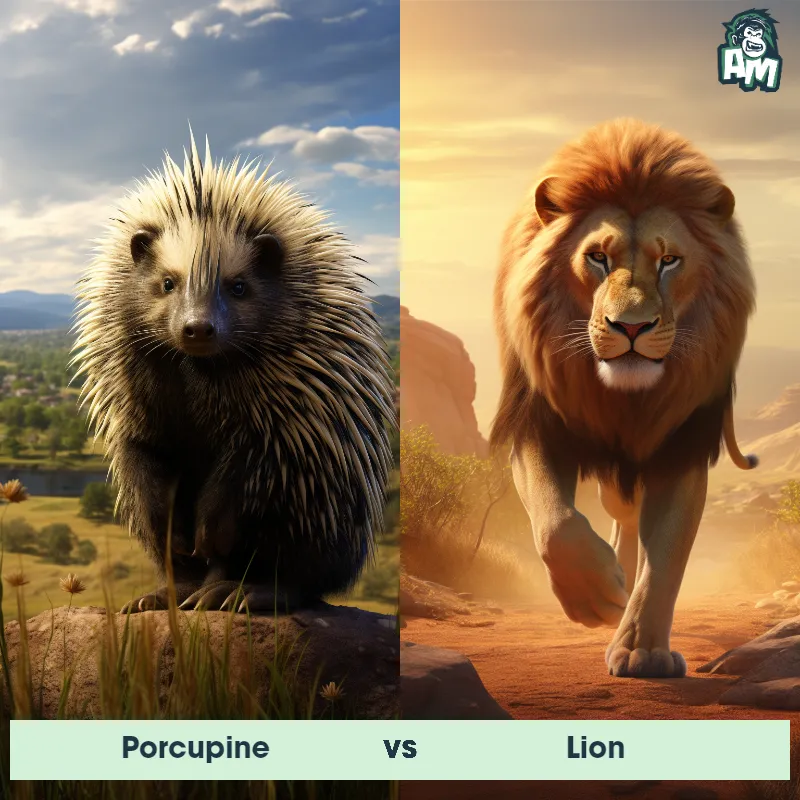Bengal Tiger vs Bull SharkSee Who Wins

Ladies and gentlemen, welcome to this thrilling matchup between two fierce competitors. In one corner, we have the mighty Bengal Tiger, known for its agility and raw power. And in the opposite corner, we have the formidable Bull Shark, a true force to be reckoned with in the water. Get ready for an epic clash of strength and prowess as these extraordinary creatures face off in an intense battle for supremacy.
Contender 1: Bengal Tiger
The Bengal Tiger, also known as the Royal Bengal Tiger, is a large and powerful carnivorous mammal native to the Indian subcontinent. They are known for their distinctive orange coat with black stripes, which helps them blend into their forest habitat. Bengal Tigers are apex predators and can weigh up to 500 pounds, with males being larger than females. They are solitary animals and are known for their strength, agility, and stealth.
Fun Fact: Bengal Tigers are excellent swimmers and are known to swim up to three miles at a time to hunt for prey.
Contender 2: Bull Shark
The Bull Shark, also known as the Zambezi Shark, is a large predatory fish found in warm coastal waters and freshwater rivers around the world. They are known for their aggressive behavior and ability to tolerate freshwater, allowing them to swim far up rivers. Bull Sharks have a stocky build, with a grey or brownish coloration and a short, broad snout filled with sharp teeth. They can grow up to 11 feet long and weigh over 500 pounds.
Fun Fact: Bull Sharks are known for their ability to swim in freshwater rivers, and have been found as far up the Mississippi River as Illinois.
Matchup Stats
| Bengal Tiger | Bull Shark | |
|---|---|---|
| Size | 3-3.5 feet (0.9-1.1 meters) at the shoulder | Up to 11 feet (3.4 meters) |
| Weight | Up to 500 pounds (227 kilograms) | Over 500 pounds (227 kilograms) |
| Speed | Speed: 35 mph (56.33 km/hr) | Speed: 25 mph (40 km/hr) |
| Key Strength | Powerful jaws and sharp claws | Powerful bite force and aggressive behavior |
| Biggest Weakness | Vulnerable to attacks on the neck and back | Vulnerable to attacks on the gills and eyes |
Current Votes
Bengal Tiger vs Bull Shark
See Who Wins
View More Matches
Looking For More?
Similar Matches
Scientific Stats
| Bengal Tiger | Bull Shark | |
|---|---|---|
| Scientific Name | Panthera tigris tigris | Carcharhinus leucas |
| Family | Felidae | Carcharhinidae |
| Habitat | Forests, grasslands, and wetlands | Warm coastal waters and freshwater rivers |
| Geography | Indian subcontinent, including India, Bangladesh, Bhutan, and Nepal | Found worldwide in tropical and subtropical regions |
| Diet | Carnivorous, primarily deer and wild boar | Carnivorous, feeding on fish, dolphins, turtles, and other sharks |
| Lifespan | 10 years - 16 years | 12 years - 16 years |
Key Differences between Bengal Tiger and Bull Shark
- Size: The Bengal Tiger is significantly larger than the Bull Shark, with adult tigers typically weighing between 400 to 600 pounds (180-270 kg), while adult Bull Sharks average around 200 to 300 pounds (90-135 kg).
- Habitat: Bengal Tigers predominantly inhabit dense forests and grasslands of the Indian subcontinent, while Bull Sharks are primarily found in warm coastal waters, estuaries, and rivers around the world.
- Location of presence: Bengal Tigers are exclusive to the Asian continent, particularly in countries like India, Bangladesh, Nepal, and Bhutan, whereas Bull Sharks have a much wider distribution in warm oceans and their adjacent rivers, including the waters of Southeast Asia, Africa, and the Americas.
- Physical structure: The Bengal Tiger possesses a muscular, terrestrial physique with four legs, while the Bull Shark has a streamlined, aquatic body with fins and a tail.
- Markings: Bengal Tigers have distinct patterns of stripes on their bodies that serve as unique identifiers, whereas Bull Sharks lack such distinct markings.
- Coloration: While both species exhibit various shades of gray, the Bengal Tiger is distinguished by its vibrant orange fur covered in dark brown to black vertical stripes, whereas the Bull Shark typically has a grayish or bluish-gray skin.
































